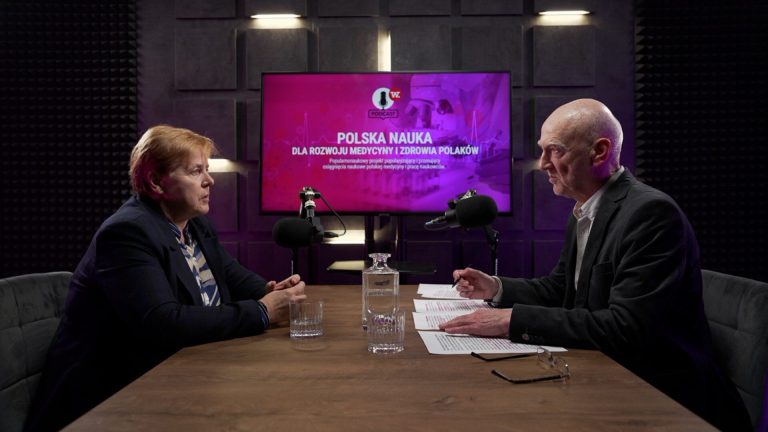The deadly disease returns. Doctor Grzesiowski: “We are recording a high increase in infections”

In recent months, we have noticed a significant increase in the number of whooping cough cases. The disease affects both children and adults. It should not be taken lightly. It may – as Dr. Paweł Grzesiowski, an expert of the Supreme Medical Council on epidemic threats, points out in an interview with WPROST – lead to many dangerous complications that threaten not only health but also life.
The statistics leave no doubt. According to the information provided by the Chief Sanitary Inspector, the number of cases of whooping cough (formerly called whooping cough) is growing rapidly. From the beginning of January to the end of May 2024, 3,335 cases of infection were recorded. For comparison, in the same period last year their number was 363. This is an increase of over nine times.
Why are the number of whooping cough cases increasing?
As Dr. Paweł Grzesiowski points out, there may be several reasons for this state of affairs. The first factor contributing to the increase in infections is undoubtedly the pandemic, which has significantly reduced the population’s immunity. Moreover, the social isolation we experienced at that time created a convenient “niche” for the development of various types of pathogens. Another extremely important issue that contributes to the incidence of whooping cough is the decrease in the number of vaccinations:
Across Europe, the pandemic resulted in approximately 2 million children not receiving vaccines on time. If we do not vaccinate someone at the right time, their immunity decreases significantly, and sometimes it does not develop at all. We are also observing a very disturbing trend: reluctance to vaccinate. More and more parents refuse to vaccinate their children. Pregnant women are also not vaccinated. This is a very big mistake. It is important to remember that by taking the vaccine, the mother protects not only herself but also her child. This protection is very important, especially in the first period of a newborn’s life – emphasizes Dr. Paweł Grzesiowski in an interview with WPROST.
It is worth noting that in 2023, the number of vaccine refusals reached almost 90,000, while in 2014 it did not exceed 20,000. This is a very disturbing phenomenon, which contributes not only to the increase in the incidence of whooping cough, but also other dangerous diseases.
How does whooping cough manifest itself?
Whooping cough is an infectious disease. It spreads mainly by droplets. It attacks primarily the respiratory tract. The main symptom of the infection is a dry, tiring and persistent cough. The disease may also result in ear inflammation or pneumonia. In extreme cases, the infection may result in death.
The youngest, unvaccinated children are most at risk of severe disease. The bacterium can damage their nervous system, lead to encephalitis and the development of the so-called pertussis encephalopathy, which threatens the child’s life and negatively affects its entire subsequent development, causing many health problems and severe disability. In adults, intercostal muscle tears or pneumothorax may occur. This complication is the result of constant coughing, explains Dr. Paweł Grzesiowski.
How to protect yourself against whooping cough?
Dr. Paweł Grzesiowski points out that the only effective form of protection in this case is vaccination. Patients are treated with antibiotics, but the drugs are unable to reverse the already developed symptoms. The antibiotic is only administered to eliminate bacteria more quickly. The patient must also take many different medications that will regenerate the respiratory mucosa. Often, family members of the infected person are given antibiotics prophylactically to prevent the disease from developing. However, this does not change the fact that the most effective form of defense against infection is vaccination. Adults should be vaccinated against pertussis at least every 10 years. It is also worth, as the expert emphasizes, increasing the diagnostic effectiveness for pertussis by more frequent collection of swabs and performing molecular tests.






